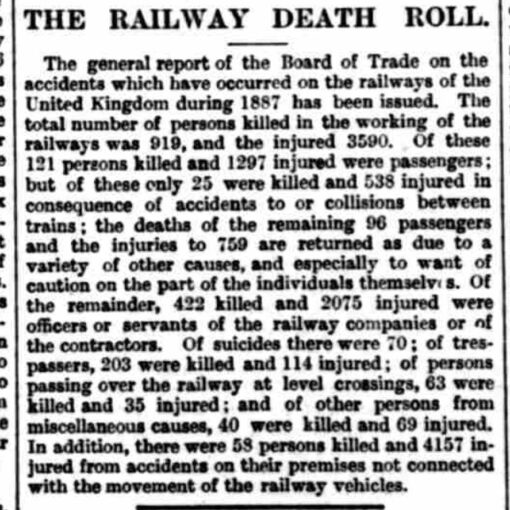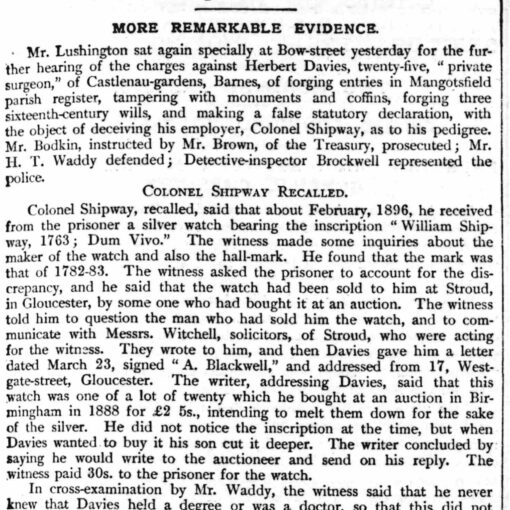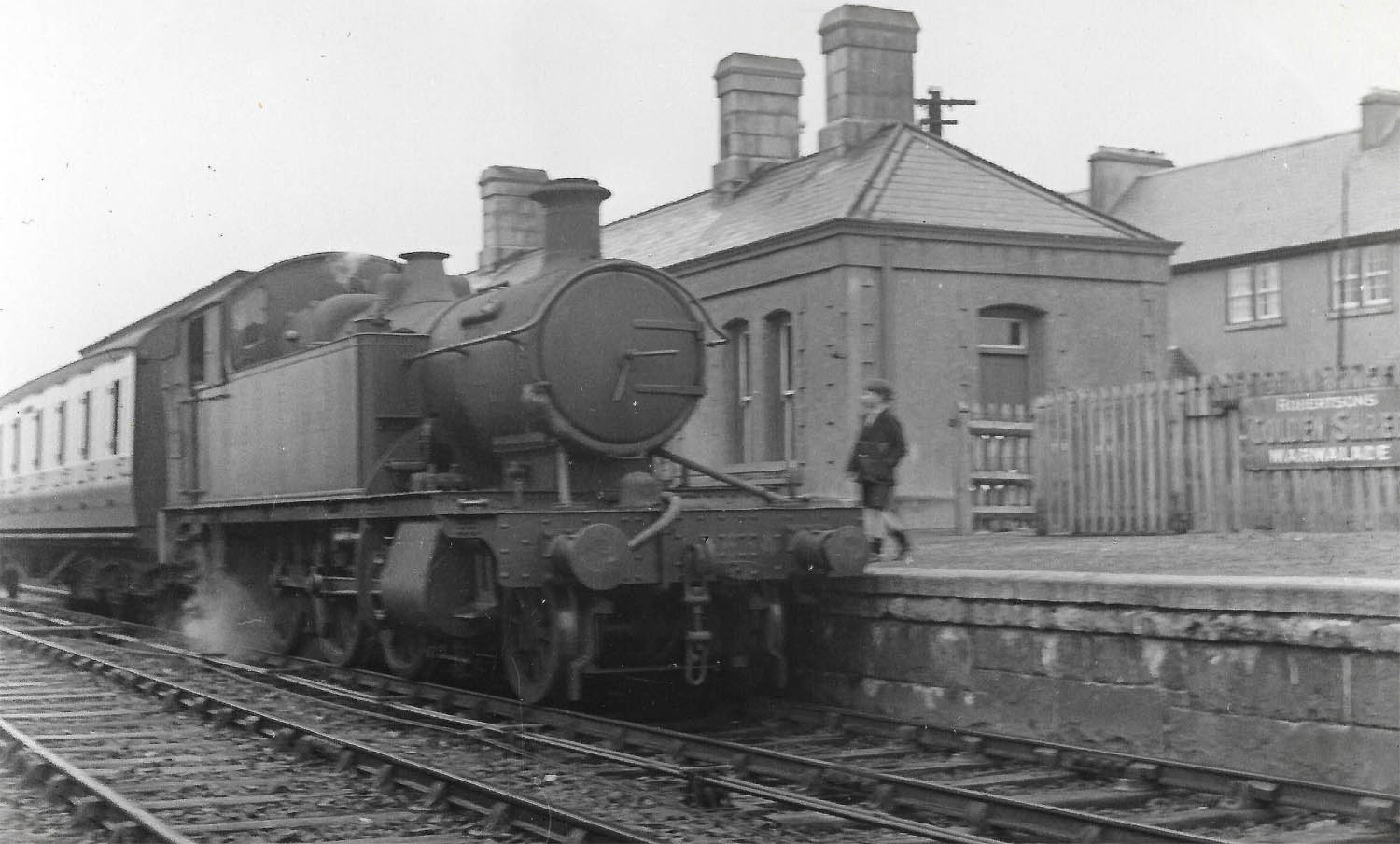Leeds Mercury – Thursday 18 December 1884
THE ALLEGED EXTENSIVE THEFT OF AMMUNITION

At the Sunderland Police-court yesterday, before the Mayor and a full bench of magistrates, Thomas Miller, a gunsmith, and John Hefferman, Sergeant-Major of the Sunderland Rifle Volunteers, were charged on remand with stealing over 14,000 rounds of ammunition belonging to the Queen.
Mr. Roche, who prosecuted on behalf of the local military authorities, in opening the case, said Hefferman was on the permanent staff of the Rifle Corps, and one of his duties was to have the proper charge of ammunition at the Government magazine at Sunderland Barracks and to get it for the Volunteers as they required it from time to time. He would endeavour to show that Hefferman, having power to enter the magazine, abused the trust reposed in him, abstracted a very large quantity of cartridges, and passed them over to Miller, who disposed of them.
The case might be divided into three parts:
- March 5th Incident: Lawson, also on the permanent staff of the corps, handed over to Miller, by Hefferman’s orders, two hundred rounds of ammunition.
- Cartman Employment: Five or six months ago, Hefferman employed a cartman named Williams to go with his cart to the magazine, where he collected 560 rounds of ammunition in several heavy boxes in the presence of the prisoner.
- May 26th Incident: A tolley-man was engaged and took a number of boxes of ammunition (similar to those used by the Government for transport) to the station, where they were forwarded to Messrs. Williams and Powell of Liverpool. The prosecution would prove that the ammunition sent was of the same character as that stored in the magazine and that Messrs. Williams and Powell paid the prisoner £10 for it.
It was also alleged that three or four months ago, under Hefferman’s orders, Williams conveyed fourteen boxes of cartridges from the magazine to Miller’s premises. Of that ammunition, about 5,200 rounds were consigned to the Liverpool firm, and a cheque in payment was received. A part of the cartridges had been sent to the West Coast of Africa.
There was another case where Hefferman sent three boxes of cartridges to Sergeant-Major Morris at Darlington, contrary to regulations, but he did not propose to call Morris at present for certain reasons. Twenty-five empty Government boxes were found in Miller’s premises, leading to the arrest of Hefferman.
The prosecutor emphasised the seriousness of removing Government property of an explosive character from the magazine and distributing it widely, hoping the Bench would commit the prisoners for trial.
Evidence having been called in support of this statement, the prisoners were committed for trial.
Analysis and Research
1. Overview of the Case
- This case involved the theft of ammunition from a Government magazine by individuals entrusted with safeguarding it. The key accused, Sergeant-Major Hefferman, exploited his position to steal ammunition, which was sold or misappropriated in collaboration with Thomas Miller, a gunsmith.
2. Legal Implications
- Breach of Trust: Hefferman violated his duty as a Sergeant-Major by stealing from the Government.
- Theft of Government Property: Removing ammunition from the magazine constitutes theft under British law.
- Illegal Arms Trade: Selling and distributing Government ammunition without authorisation likely violated arms trade laws of the time.
- Danger to Public Safety: The removal and distribution of explosive materials posed significant risks, enhancing the gravity of the offence.
3. Historical Context
- During the late 19th century, the British military was responsible for maintaining strict control over arms and ammunition. Any breach of trust by personnel would be treated with utmost severity due to concerns about national security and public safety.
- Ammunition theft during this period often had wider implications, such as supplying criminal organisations or arms for rebellion or unrest in colonies.
4. Legal Proceedings and Potential Outcomes
- The defendants were committed for trial, indicating sufficient preliminary evidence for a formal trial at a higher court.
- If convicted, both Hefferman and Miller could face severe penalties, including imprisonment or penal labour, as theft of Government property and arms trade were considered serious offences.
5. Findings
- The prosecution effectively presented evidence showing systematic theft over multiple instances.
- The case highlighted issues with oversight and security in military storage facilities, suggesting a need for stricter protocols.
6. Modern Comparisons
- Today, similar offences would fall under laws regulating national security, arms trade, and theft. Penalties would be more severe due to advancements in forensic investigations and stricter international regulations.





